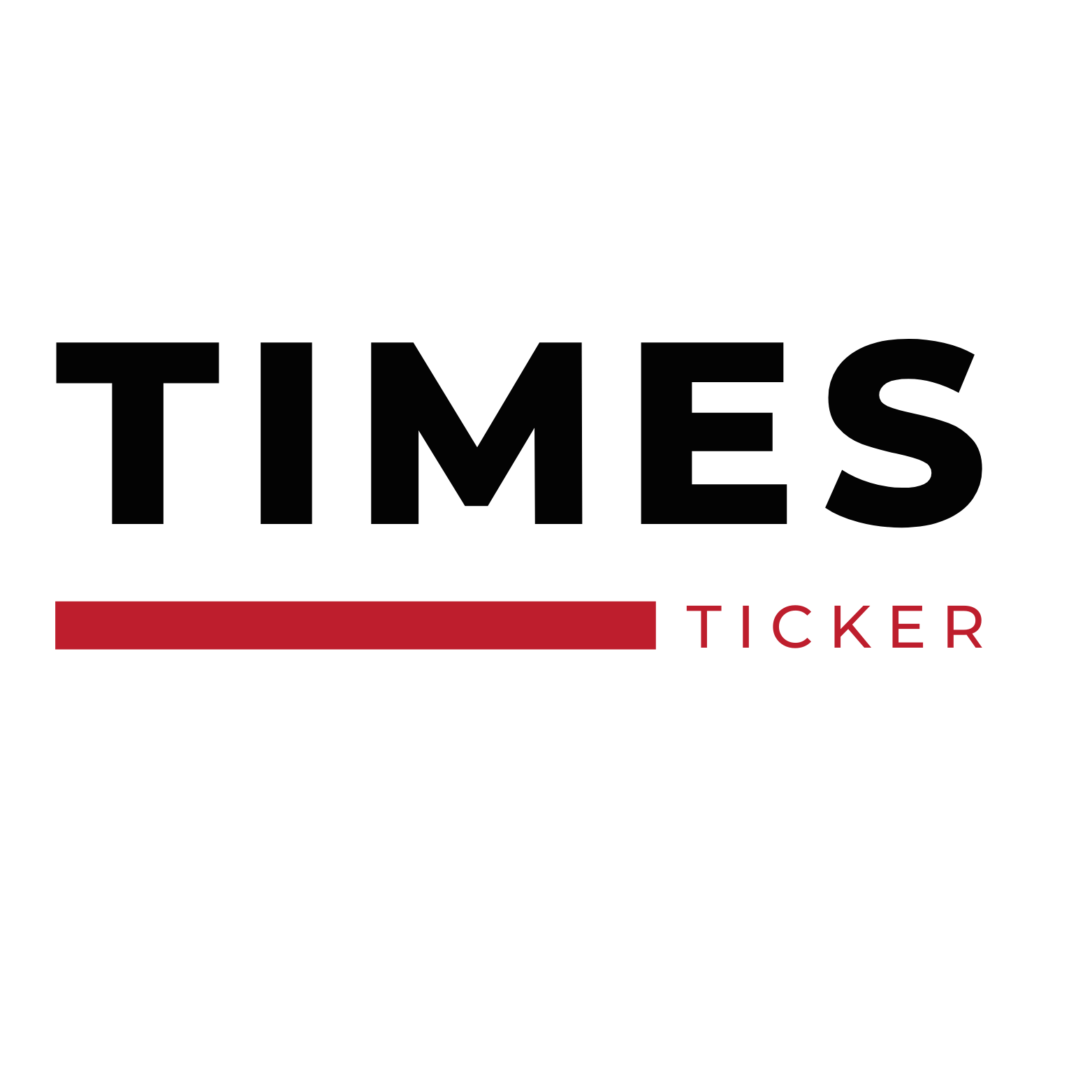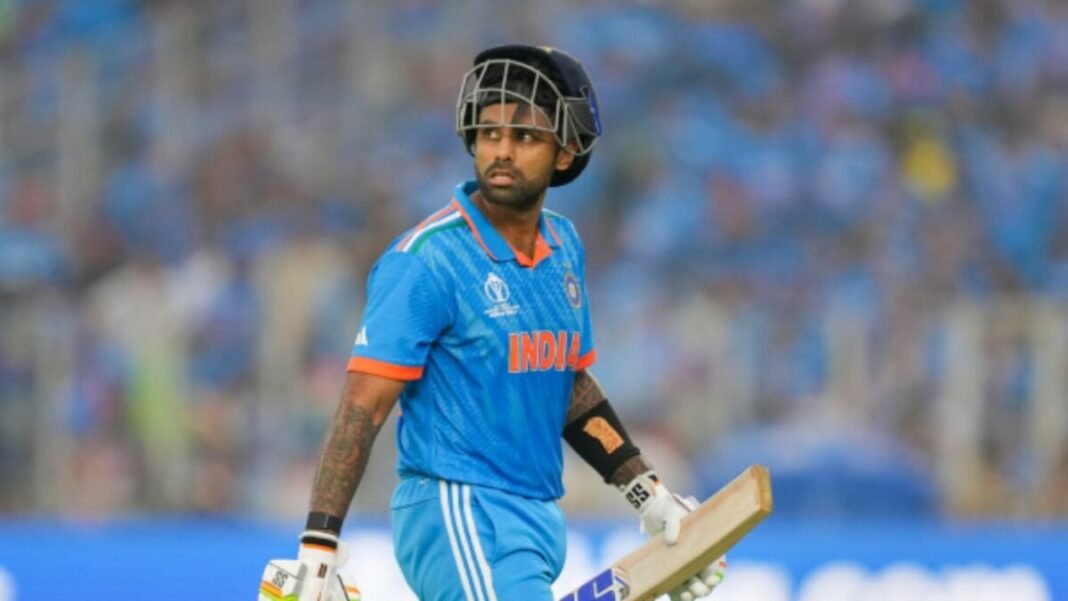Indian cricketer Suryakumar Yadav recently faced a setback in his sporting journey as an ankle injury brought to light an underlying issue—sports hernia. This unexpected revelation sheds light on the causes, symptoms, and implications of sports hernia, a condition that often lurks beneath the surface of athletic performances.
Causes of Sports Hernia: Sports hernia, also known as athletic pubalgia, is a condition that primarily affects athletes involved in sports requiring sudden changes in direction, twisting, and repetitive strain on the pelvic region. The condition occurs due to the weakening of the muscles and tendons in the lower abdominal and groin area, leading to a painful tear or strain.
The causes of sports hernia are multifactorial, often involving a combination of factors such as overuse, muscle imbalances, and inadequate core strength. High-intensity sports like cricket, football, and hockey, which demand quick movements and frequent changes in direction, pose a higher risk for this condition.
Symptoms of Sports Hernia: Identifying sports hernia can be challenging as its symptoms often overlap with other common injuries. Individuals with sports hernia may experience pain and discomfort in the lower abdominal and groin area. Unlike traditional hernias, there might not be a noticeable bulge. Instead, athletes may encounter sharp, stabbing pain during activities and aching sensations afterward.
Other symptoms include pain that worsens with specific movements, such as twisting or turning, and tenderness in the groin or lower abdomen. Sports hernia symptoms may initially be subtle, but they can progress and significantly impact an athlete’s performance if left unaddressed.
Diagnosis and Treatment: Diagnosing sports hernia involves a thorough examination by a healthcare professional, often including imaging studies such as MRI or ultrasound. These diagnostic tools help visualize the extent of the injury and rule out other possible causes of pain.
Treatment for sports hernia typically begins with conservative measures, including rest, physical therapy, and targeted exercises to strengthen the core and pelvic muscles. Non-surgical approaches aim to alleviate symptoms and prevent the condition from worsening. However, in cases where conservative methods prove ineffective, surgical intervention may be recommended to repair the torn or weakened tissues.
Recovery and Rehabilitation: Recovery from sports hernia surgery involves a comprehensive rehabilitation program. Athletes undergo a structured regimen of physical therapy and exercises to gradually regain strength and flexibility. The duration of recovery varies depending on the severity of the injury and individual healing responses.

Suryakumar Yadav’s journey through recovery will likely involve close collaboration with sports medicine experts and physiotherapists to ensure a safe and effective return to the cricket field. The rehabilitation process emphasizes not only physical recovery but also mental resilience, as athletes navigate the challenges of setbacks and uncertainties.
Preventive Measures: While sports hernia cannot always be entirely prevented, athletes can adopt certain measures to minimize the risk. Incorporating targeted strength training exercises for the core and pelvic muscles, maintaining overall fitness, and paying attention to proper technique during sports activities contribute to injury prevention.
Ensuring adequate warm-up and cool-down routines, along with listening to the body’s signals, are crucial aspects of injury prevention. Regular health check-ups and prompt attention to any signs of discomfort can aid in early detection and intervention, potentially averting the progression of minor issues into more significant injuries.

Return to Action: The road to recovery for athletes like Suryakumar Yadav involves not just physical rehabilitation but also mental fortitude. Facing an injury and navigating the subsequent rehabilitation process can be mentally taxing for any athlete. Professional cricketers often have a team of sports psychologists and mental conditioning experts to provide support during such challenging times. Mental resilience is as crucial as physical strength in ensuring a successful return to the field.
Team Support and Individual Responsibility: In the world of professional sports, a team’s success is not solely dependent on individual performances but also on the collective effort in supporting each member. Suryakumar Yadav’s journey through sports hernia and recovery underscores the importance of team support – from medical staff to fellow players and coaching staff. Creating an environment where athletes feel comfortable reporting discomfort and seeking timely medical attention is essential for preventive care and overall athlete well-being.
Educating Athletes and Coaches: The case of Suryakumar Yadav also emphasizes the need for ongoing education and awareness within the sports community. Athletes, coaches, and support staff should stay informed about various injuries, their causes, and preventive measures. Regular workshops, seminars, and access to up-to-date information contribute to a culture of injury prevention and prompt intervention when needed.
Inspiration for Aspiring Athletes: While injuries are setbacks, they also offer opportunities for growth, learning, and resilience. Suryakumar Yadav’s dedication to his sport and his commitment to overcoming challenges can serve as an inspiration for aspiring athletes. The ability to bounce back from setbacks is a hallmark of a true athlete, and stories like Yadav’s add layers of motivation for those navigating the competitive world of sports.




